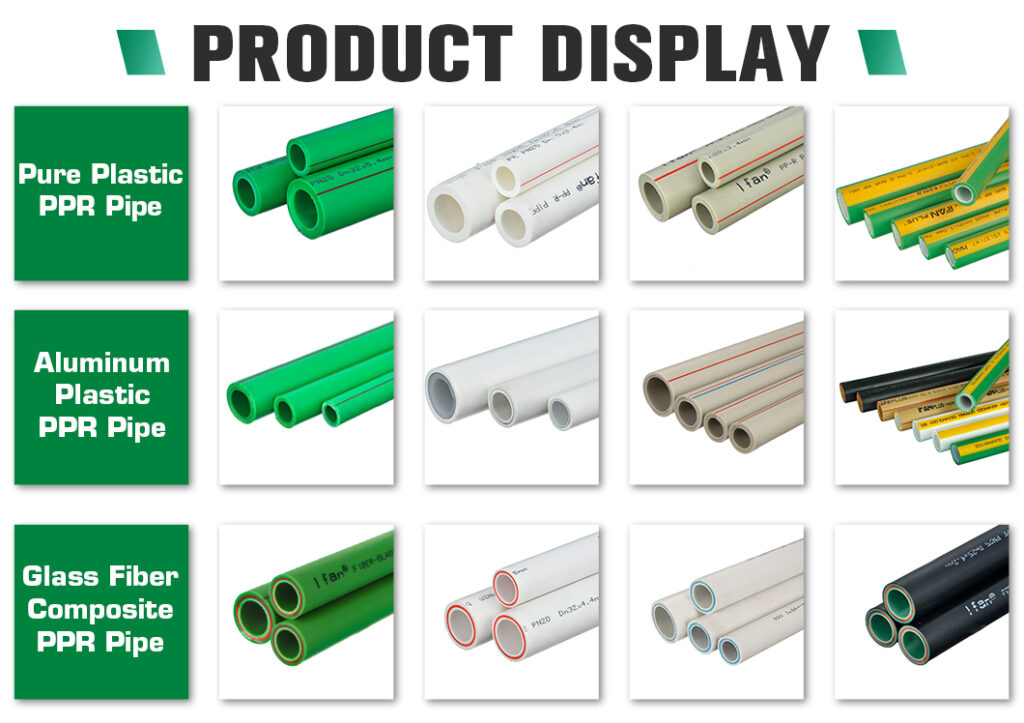SAM-UK In the ever-evolving landscape of piping systems, the demand for high-performance materials has led to the widespread adoption of Polypropylene Random Copolymer (PPR). PPR fittings, as integral components of these systems, play a crucial role in ensuring durability, efficiency, and versatility. This article aims to provide insights into PPR fittings, shedding light on their significance as the core components of high-performance plastic piping systems.
IFAN factory 30+ years manufacture experience support color/size customization support free sample.Welcome to consult for catalog and free samples.This is our Facebook Website: www.facebook.com
The PPR Advantage
Polypropylene Random Copolymer, known by its acronym PPR, stands out as a thermoplastic material celebrated for its unique combination of properties. These include high thermal resistance, chemical inertness, and excellent mechanical strength, making it an ideal choice for a variety of piping applications.
Understanding PPR Fittings
1. Corrosion Resistance
PPR fittings excel in resisting corrosion, even when subjected to aggressive substances. This property is particularly crucial in environments where the transported fluids may contain corrosive elements. Unlike metal fittings that can succumb to corrosion over time, PPR fittings ensure the longevity of the entire piping system.
2. High-Temperature Tolerance
PPR fittings exhibit remarkable resistance to high temperatures, making them suitable for applications involving hot water and industrial processes. The material maintains its structural integrity even under elevated temperatures, contributing to the reliability and safety of the entire piping network.

3. Versatility in Applications
PPR fittings find applications across various industries, including residential, commercial, and industrial sectors. Their versatility makes them suitable for water supply systems, heating systems, and even chemical conveyance applications.
4. Homogeneous Fusion Joints
The fusion technology employed in connecting PPR pipes and fittings ensures homogeneous joints. This seamless integration eliminates weak points, reducing the risk of leakage and enhancing the overall strength of the system.
5. Ease of Installation
PPR fittings contribute to the ease of installation, providing a hassle-free process for plumbers and technicians. The lightweight nature of the material, coupled with efficient fusion techniques, makes PPR fittings an installer-friendly choice.
Sustainable and Environmentally Friendly
PPR fittings align with the growing emphasis on sustainable construction practices. The production process of PPR involves minimal environmental impact, and the material is fully recyclable. Additionally, PPR’s long lifespan and resistance to degradation contribute to reduced environmental waste.
Conclusion
In the realm of high-performance plastic piping systems, PPR fittings stand as the core components that embody the advantages of PPR material. Their corrosion resistance, high-temperature tolerance, versatility, homogeneous fusion joints, and ease of installation collectively make PPR fittings indispensable for a wide range of applications. As industries continue to prioritize efficiency, durability, and sustainability, PPR fittings emerge as a cornerstone, driving the evolution of robust and environmentally conscious piping systems.

